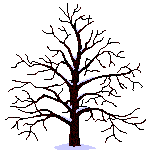 TREES OF JUDY WOODS
TREES OF JUDY WOODS
 TREES OF JUDY WOODS
TREES OF JUDY WOODS
TREES OF JUDY WOODS

Deciduous trees shed their leaves before the cold or dry season. Before this the leaves often turn orange, red or yellow.Judy Woods is both a Semi Ancient Woodland and an aging plantation which dated from the Industrial Revolution. In parts a regular line of planting can be discerned on the Hill slopes. The Character of ancient woodland can also be seen in rarer parts where many of the early Spring indicators reflect the long association of this anciemnt woodland. The main trees are Oak and Beech but Hedgegrows of Hawthorn .Holly and other species help improve the overall Biodiversity. Many of the smalller Birds that over winter in the woodland depend on the Hawthorn berries for a meagre existence over cold Winters. The more prickily hedgegrows deter the loss of eggs by the smaller finches and birds from the Grey Squirrel who can be heard fleeting over the dry leaves in winter and early spring when they are hunting for the acorns which they have buried earlier in the year .
Oak support an abundance of small insects which are important for birds like the Nuthatch which can be seen hugging the mossy trunks hunting their quarry. On the larger stands which are sometimes felled Lichens and algae can be seen indicating the purity of the air. Want to Learn more about Lichens ? Visit our Lichens Page " Lichens "
The leaf litter turns to detritus and leaf mould supporting insects such as Springtails , Ground Beetles and later the numerous species of fungi all playing a role in the Cycle of Nature. Felled logs left in situ provide useful nesting sites for Toads to hibernate. Looking out from the Woods into the middle pasture Crows and Rookes can be seen whislt these colonies often hunt in the fields they can frequently be seen following you as you make your way through the wood in the evenings
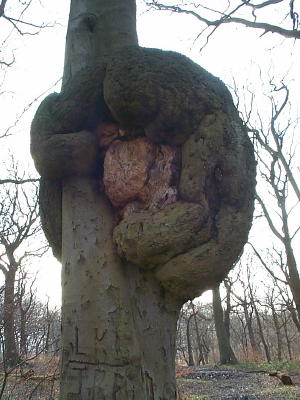
The Bear Tree - A growth on a tree trunk The main trees of Judy Woods are Oak (Quercus ) and Beech (Fagus). This page should help you identify them. Judy Woods is both a Plantation and an Ancient Woodland . The plantations is the result of changes from the Industrial evolution when Beech was extensively planted for use in textiles and furniture. With the textile bobbins becoming obsolete and plantation has been left for other uses. Beech produce a small nut known as the Beech Nut (Mast) which provides an ample foodstuff for small mammals such as the Wood Mouse and has been used in some areas to winter feed pigs (pannage) Nuts known as the Beech Nut provides an ample foodstuff for other small mammals such a the Grey Squirrel.
Indicators of Ancient Woodland (Ref 1) include such plants as Wood Anemone , Ramsons and Dogs Mercury. These plants flower early in Spring before the Beech Canopy opens and obscures the light. Beech with their full canopy and shallow roots inhibit ground flora on our thin acid soils.The Beeches provide "Masts" which are productive fruiting seasons , the fruit being the beech nut.
The fruit of the Oak is the Acorn .In a good year a mature tree may produce around 50,000 acorns. There are two types of Oak ,which in Judy Woods is the Sessile Oak(Quercus petraea) and the Pedunculate Oak(Quercus robur). The mature English Oak tree supports a larger number of different life forms than any other British tree. This includes up to 284 species of insect. Up to 324 taxa (species, sub-species or ecologically distinct varieties) of lichens, growing on the bark of any one tree. These old Trees provide important nooks and crannies for all sorts of Birds and Bats. .The Gall Wasp Biorhiza pallida lives on the acorn causing Oak Apple Gall. While the leaves are used by the Smooth Spangle gall (Neuroterus albipes) and the common spangle gall (Neuroterus quercusbaccarum). Want to learn more about Galls ?? Then click on our page " All ABout Galls " The varied forms of insect life found in the Oak tree means that this tree of all British trees supplies the most food for birds such as Tits and Tree Creepers. Jays also bury and distribute Acorns.The large decaying logs provide sites for Toads to nest under and show an abundance of Fungi in the Autumn. In the upper canopy wasps and other insects exist.
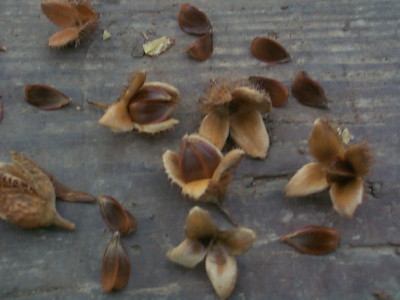

Peeling Back The " Layers " The Tree Layer which forms a canopy over the rest of the vegetation below;
The Shrub Layer, a variable quantity ranging from brambles about1m, high to hazel extending to some10m or more;
The Field Layer consisting of a wide range of herbaceous annuals and perennials which vary greatly in their diversity and numbers from one situation to another;
The Ground Layer dominated by small plains such as mosses, liverworts and lichens. Here too, belong the numerous fungi (many of then, basidiomycetes) whose fruiting bodies (toadstools) are a feature of woodland in autumn
The Litter Layer-covers the soil surface , a zone of semi-decomposed plant material.
READ MORE ABOUT WOODLAND LAYERS CLICK HERE

|

|
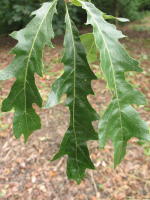
|

|
|
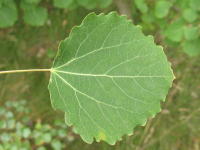
|

|
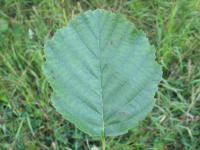
|

|
|
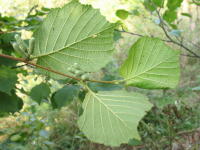
|
|
|
|

|
|
|
|
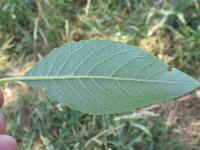
|
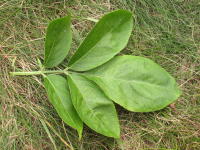
|
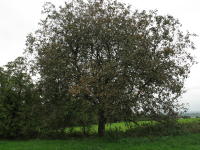
|
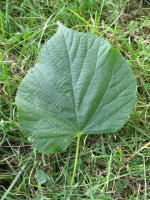 Large Leaved Lime |
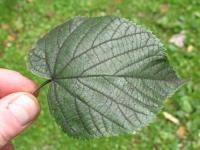
|
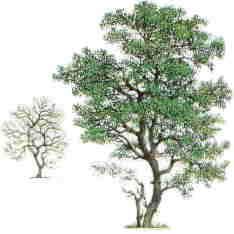
|
|

|
|
|
|
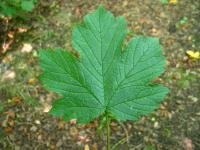
|
|
|
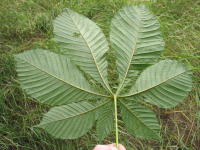
|
|
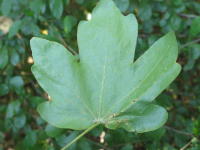
|
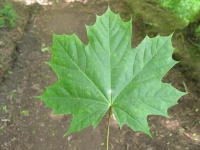
|
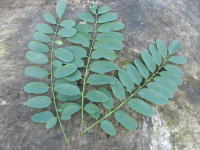
|
|
|

|
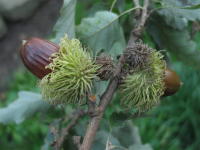
|
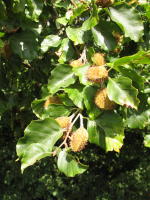
|
|
|
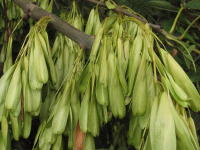
|
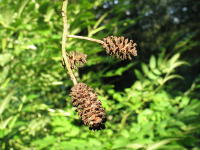
|

|
|
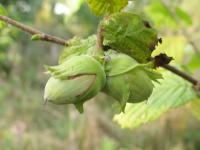
|
|
|
|
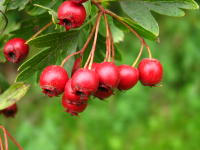
|
|
|
|
|
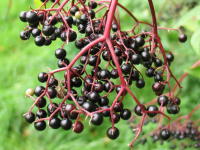
|
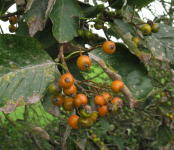
|
 Large Leaved Lime |
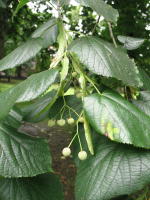
|
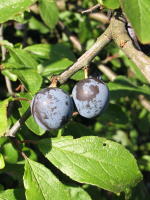
|
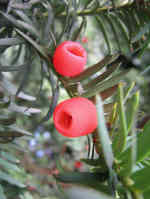
|

|
|
|
|
|
|
|
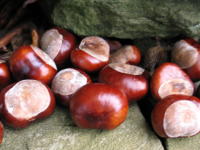
|
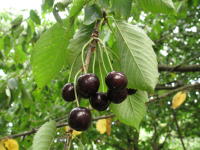
|

|

|
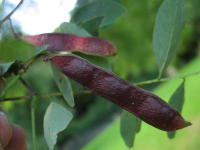
|
|
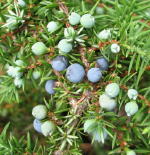 Juniper |